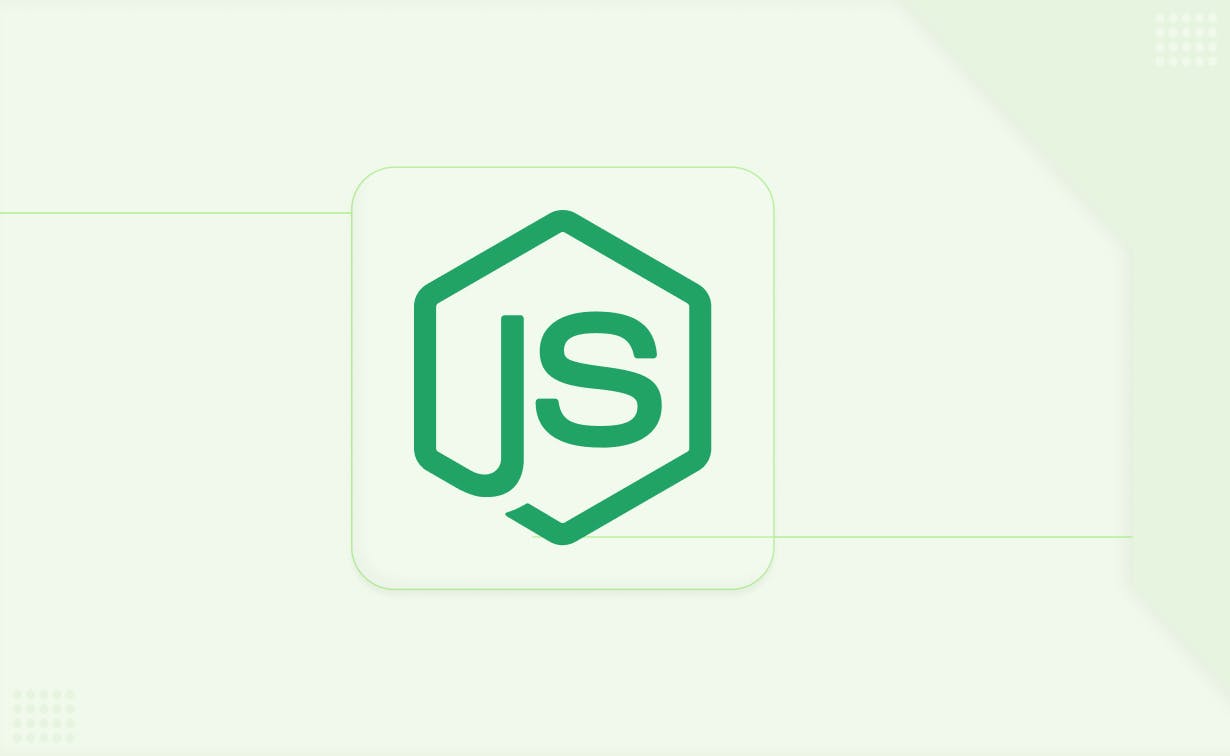
What is Node.js?
Node.js is an application runtime environment that allows you to write server-side applications built on Chrome's V8 JavaScript engine. It excels at the sort of scalable and real-time situations we are increasingly demanding of our servers. It uses an event-driven, non-blocking I/O model that makes it lightweight and efficient, its ability to use JavaScript on both frontend and backend adds an advantage for development. Node.js package ecosystem, npm, is the largest ecosystem of open source libraries in the world. Many big companies have adopted Node.js in the production environment. In this article, I want to discuss why to use node.js for development and in what cases it might not be the best idea.
Why choose Node.js for web development
There are two important things that make Node.js development different to existing server-side frameworks is the use of JavaScript as a programming language and Asynchronous events.
JavaScript
JavaScript is the programming language that web applications are using on the client. Using the same language on the server-side means that the developer can apply his JavaScript knowledge both on the client and the server, and use the same functions as needed.
Asynchronous Events
While most of the existing server-side frameworks use asynchronous architecture, Node.js uses an asynchronous architecture, which JavaScript can handle well. This means that the server reacts to events and sends events (messages) to e.g. the database. This style of programming is very different to a synchronous style and may be hard to use with other languages. Node.js employs an asynchronous style with asynchronous IO and can scale well.
Event Driven Architecture
It's a family of styles that allow components to communicate through asynchronous messages. Systems based on event-based styles are often organized as a loosely coupled federation of components that trigger behavior in other components through events.
A variety of event styles exist, for example:
Crosscutting concerns are addressed by aspect style.aspect style is a module style, event-based style - runtime style, so it's important not to mix them up.
Real-time web apps? No problem!!
RTA is an application program that functions within a time frame that the user senses as immediate or current. The latency has to be less than a defined value, usually measured in seconds. The use of RTAs in your applications is called the Real Time computing (RTC).
NPM Package Manager:
The main advantage, from the perspective of a developer, is simple: local package installation.
Of course, this approach means that packages may be duplicated on the filesystem, but with the size of most packages vs. the size of current hard drives, that's really not so much of an issue.
When data streaming is the real deal
I/O bound applications are at a greater advantage with the way streams are managed in node.js. Data Streaming is one of the most powerful applications of node.js given that there are very few to choose from. As a majority of the data that come into the systems are in the form of streams, a lot of time can be saved during the process. The ultimate aim is to utilize the time during another operation, and node.js facilitates just that.
To summarize, Node.js is a cross-platform JavaScript runtime environment for servers and applications. It is built on a single-threaded, non-blocking event loop, the Google Chrome V8 JavaScript engine, and a low-level I/O API. Various techniques, including the cluster module, allow Node.js apps to scale beyond a single CPU core. Beyond its core functionality, Node.js has inspired an ecosystem of half a million packages that are registered and versioned in the NPM repository and can be installed using the NPM command line.
also refer our article on: 6 Ways To Make Your Node JS Web App Faster

This website uses cookies to analyze website traffic and optimize your website experience. By continuing, you agree to our use of cookies as described in our Privacy Policy.